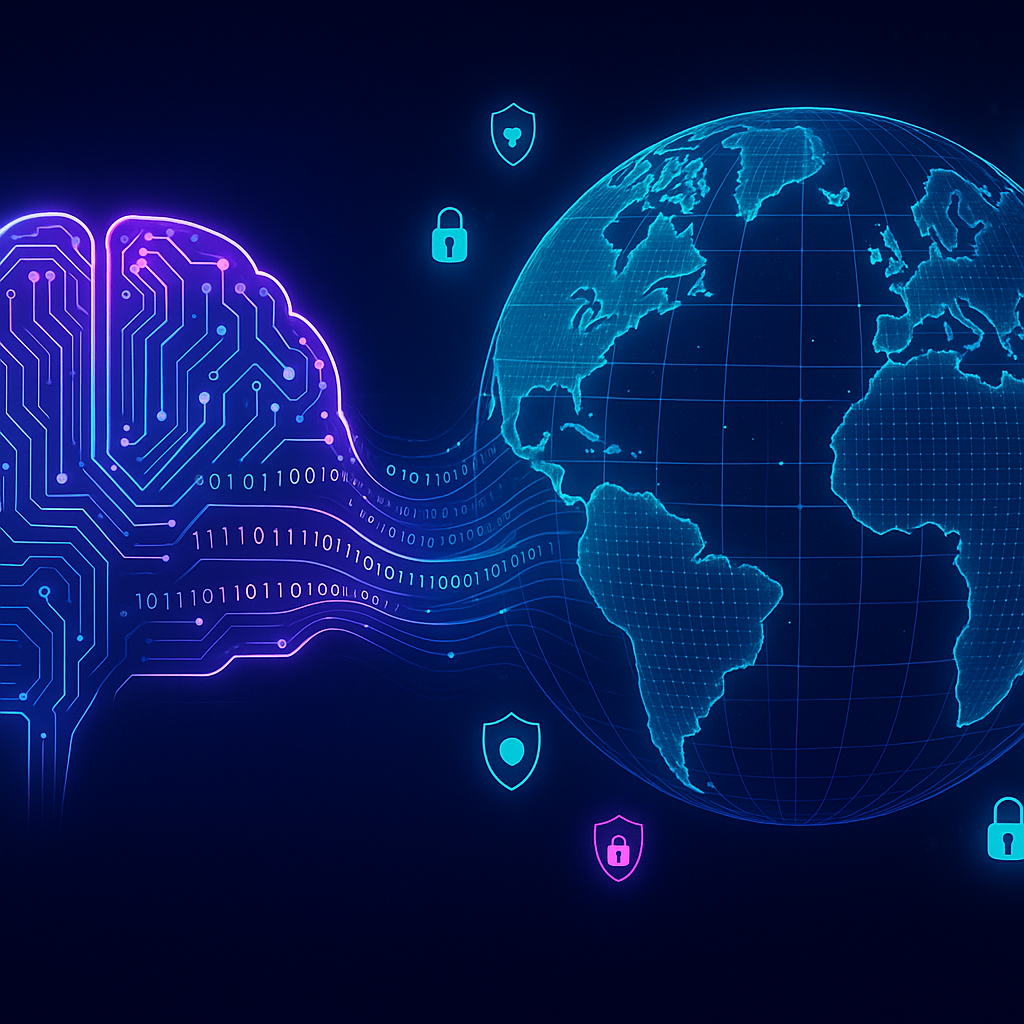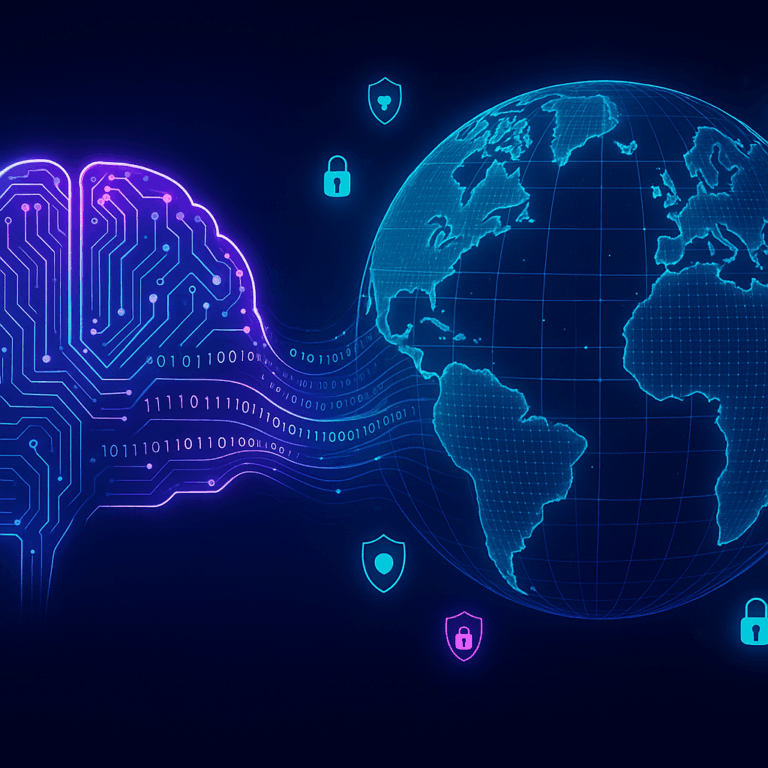Welcome to the future of cybersecurity—a battlefield where AI is both the nemesis and the knight in shining armor. As cyber threats grow increasingly sophisticated, businesses and individuals alike find themselves grappling with an ever-expanding array of digital risks. Suddenly, we’re not just talking about run-of-the-mill viruses! We’re facing autonomous systems capable of launching relentless, AI-driven attacks. But fear not! This blog post aims to usher you into this complex universe where AI not only challenges us but also equips us with powerful tools to defend against these threats.
Understanding AI-Driven Cyber Attacks
What is the attack?
AI-driven cyber attacks leverage machine learning and deep learning capabilities to intelligently target systems, outmaneuver traditional defenses, and learn from defensive responses in real-time. These attacks can be highly adaptive, masquerading as legitimate traffic to evade detection. From phishing campaigns powered by AI to autonomous exploitation of vulnerabilities, AI-driven attacks are a formidable force.
How does it work?
AI-powered attacks often employ algorithms that learn from data patterns to effectively mimic, and even manipulate, user behavior. For example, in a phishing attack, AI could analyze a user’s writing style and tailor a deceptive email that perfectly fits the target’s communication pattern. Similarly, AI can be used to enhance ransomware, find network vulnerabilities more quickly, and exploit them at an unprecedented pace. The autonomous nature makes them exceptionally potent—they not only launch attacks but continually evolve to bypass security measures.
Why does it matter in today’s cybersecurity landscape?
In today’s landscape, traditional security measures are often insufficient in the face of AI-powered threats. The ability of these attacks to constantly adapt and learn means that static defenses quickly become obsolete. Consider the following:
- Increased Frequency: The automated nature of AI allows for the quick replication of attacks, causing a surge in attack frequency.
- Higher Efficiency: AI can scan vast networks for vulnerabilities swiftly, ensuring attackers exploit weak points faster than human hackers.
- Complexity and Customization: Attacks are tailor-made to exploit specific organizational vulnerabilities, making them harder to detect and counteract.
How AI Enhances Cyber Defenses
AI-Driven Threat Detection
To combat AI-fueled cyber threats, AI-driven threat detection systems have emerged as a robust line of defense. These systems use machine learning algorithms to identify anomalies within network traffic. By analyzing massive datasets, AI systems can discern between legitimate and malicious activities, often flagging potential threats before they fully manifest. The magic lies in machine learning’s ability to improve its accuracy over time—each data point fine-tunes the system’s detection capabilities.
Machine Learning Algorithms for Anomaly Detection
Anomaly detection is crucial for uncovering irregular activities that could signal an attack. Unsupervised learning models in AI systems analyze the data to establish what constitutes ‘normal’ behavior over time. Any deviation from this norm can prompt further investigation, allowing cybersecurity teams to focus on genuine threats rather than sifting through false positives.
Network Security Protocols and Data Protection Strategies
AI also enhances network security protocols by automatically updating them in response to dynamic threats. For instance, AI systems can be programmed to immediately quarantine infected systems, update firewall rules, or issue alerts for manual inspection. Additionally, by employing advanced data protection strategies, AI can secure sensitive information, ensuring it is encrypted and inaccessible to unauthorized users.
Real-World Applications and Future Implications
The advantages of AI in cybersecurity are not purely theoretical. Real-world implementations have shown impressive results. For instance, tech giants are deploying AI-enhanced platforms that detect threats on cloud networks, preventing breaches before they escalate. Moreover, AI assists in fraud detection, significantly reducing financial losses in sectors like banking.
Looking ahead, the fusion of AI and cybersecurity is poised to transform how we address digital threats. As AI systems become more advanced, they may evolve to predict future attack vectors, offering a proactive approach to cybersecurity that preemptively neutralizes threats. However, it’s important to remember that as AI technology advances for defense, it also progresses for offense, making constant vigilance and innovation essential.
Conclusion
Navigating the stormy seas of cybersecurity has never been more complex or critical. Yet, by embracing AI-driven solutions, we not only meet these challenges head-on, but we also create stronger shields against emerging threats. AI offers a future where cybersecurity isn’t just reactive, but predictive, evolving alongside the very threats it defends against. So, equip yourself with this knowledge, leverage AI, and stay one step ahead in this digital arms race.
For further details on this topic, consider exploring reputable sources like RSA Conference [rsa.com] or IEEE Xplore [ieeexplore.ieee.org] for comprehensive studies on AI and cybersecurity.








